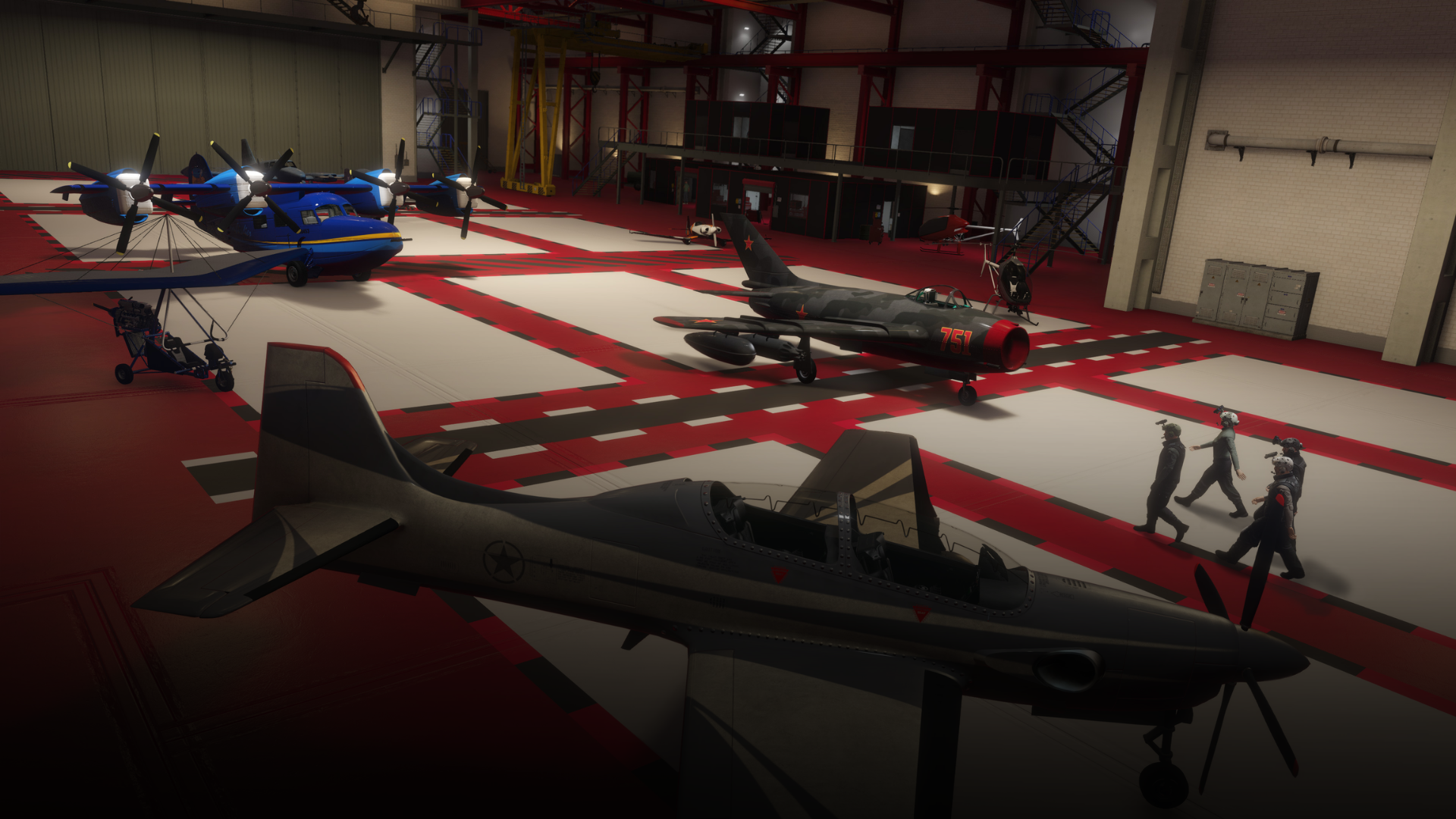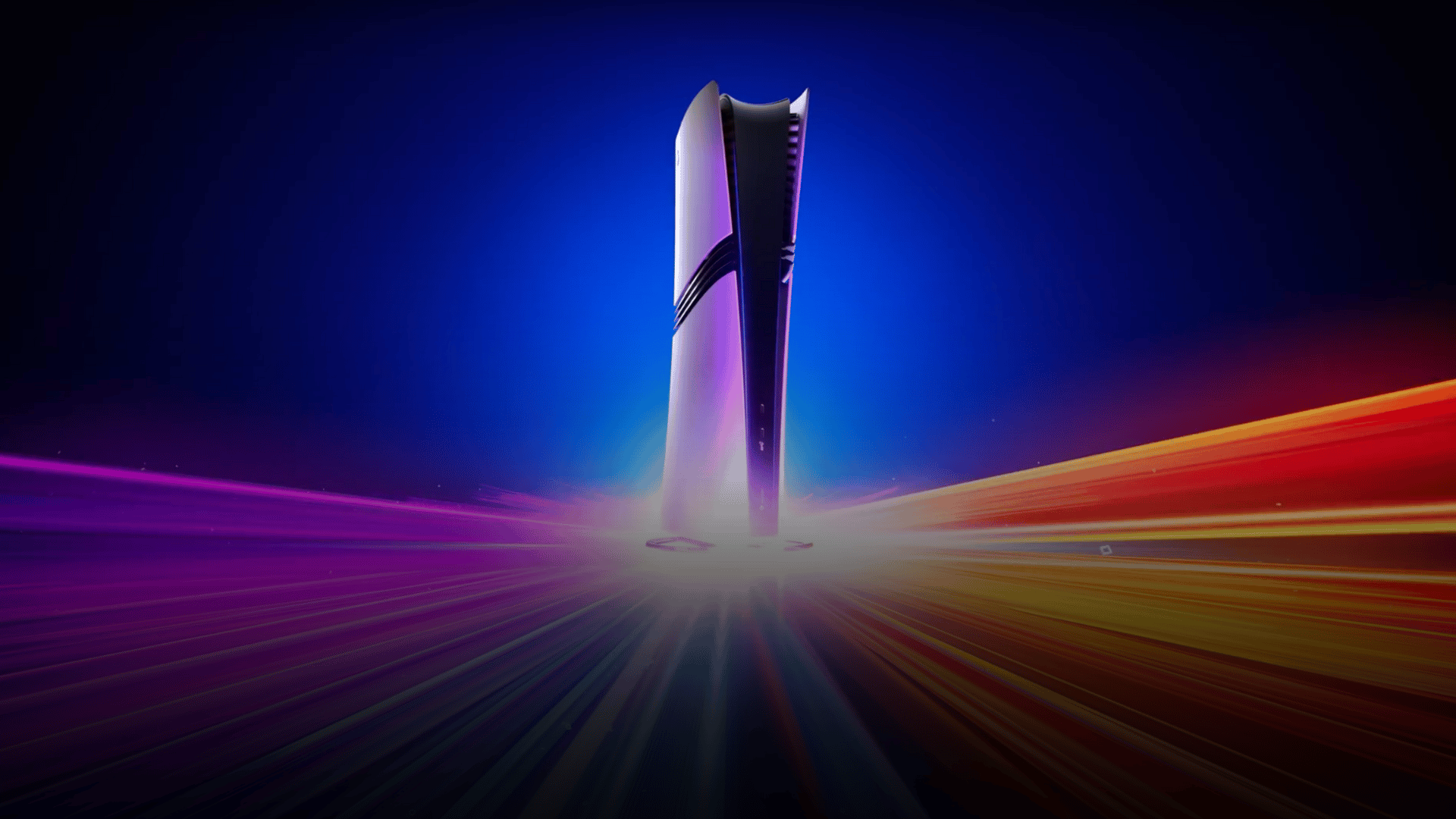Sony and Microsoft Will Regret Not Following on Nintendo Switch 2’s Latest Feature
The Nintendo Switch 2 takes the fight to its competition while making it a viable upgrade over its predecessor in one fell stroke.
- The Nintendo Switch 2 has made waves with the announcement of full backward compatibility with the existing library of Switch games.
- It is a feature that is sure to make other console manufacturers rethink their respective strategies about running previous-gen titles on their new offerings.
- The news comes at a crucuail point of time for a gaming industry that is increasingly focused on digital ownership of games.
While we are still a while away from an official announcement of the Nintendo Switch 2, recent news regarding its ability to play the existing library of first-party titles for the Switch is a showcase of Nintendo’s commitment to delivering value beyond expectations for its players – a sentiment that allowed it to shake off the Wii U’s underwhelming sales record in a return to form for the Japanese developer and manufacturer.
The Switch 2’s backward compatibility feature, announced by none other than Nintendo’s president Shuntaro Furukawa at a recent Corporate Management Policy Briefing and on the company’s official handle, is sure to send ripples through the gaming industry in many ways.
Why Is Backward Compatibility on the Switch 2 Important?

With most major players in the industry selling licenses to play games instead of allowing gamers to purchase them outright, a trend that has sparked a lot of discussion on the ethical front, backward compatibility becomes a feature that could very well rise to the top of reasons people may opt out of buying a new console.
Take Sony, for example. As another Japanese manufacturer of gaming powerhouses that push the boundaries of what home consoles can achieve in terms of graphical fidelity and performance in modern gaming, the studio’s current-gen offering offered only limited compatibility with a host of its titles from the previous generation of consoles.
Although the PlayStation 5 could play a lot of PS4 titles right out of the box, many great titles were lost to the annals of history, their owners forced to either hold on to an older console while sacrificing any benefit they could obtain via an exchange in order to still be able to play some of their favorite current-gen titles. It was the beginning of a debate surrounding the value of physical discs versus digital copies that continues to rage on to this day with intuitive arguments presented on both sides of the debate.
Microsoft’s own approach to modern gaming has fared no better with the Xbox slowly fading away into obscurity as the studio looks to other home devices as a tool for streaming games in the future – a project that failed to capture any takers in its pilot attempt.
The Switch 2’s commitment to keeping its first-party titles alive and well, when considered from this perspective, is a game changer as it takes the fight directly to its biggest competitors while allowing Nintendo to further develop the relationships it has cultivated with first-party developers as a part of its original efforts to put the Switch on the map as an excellent alternative to owing a home console.
How Can the Switch 2 Disrupt the Gaming Industry’s Current Trends?
As the current generation of consoles moves toward the future, the question of backward compatibility on the next generation of consoles is sure to loom large for other manufacturers with the Switch 2’s latest announcement.
Considering that the Switch 2 includes the feature right off the bat, it will be interesting to see how other console manufacturers approach the subject in the years to come considering that Nintendo’s offering is slated to use a few clever AI tricks to make the Switch 2 able to run current-gen titles with a rumored new chip from NVidia powering things under the hood.
It is an especially smart move from Nintendo considering that the company has created an ecosystem for its handhelds that goes beyond hardware. It encompasses all of the relationships with developers it has built over the years, a detail that it missed with the Wii U and clearly learned from as it sought redemption with the original Switch.
Furthermore, the Switch 2 could set a new bar for backward compatibility that would force console manufacturers to work with developers to future-proof their titles while also seeking to create the scope for existing ones to receive upgrades to their graphical fidelity and performance when they are eventually ported over to their next-gen counterparts.
It’s a trend that has already begun in a limited scope with the recent remaster of Horizon Zero Dawn, once seen as a benchmark for the PS4 Pro and now among Sony’s main showpieces for its attempts to demonstrate the PS5 Pro’s new capabilities as a mid-gen upgrade to the PS5. It will be interesting to see how developers outside of Sony and Microsoft’s umbrella of studios tailor their offerings to ensure that their titles do not fade into obscurity – a grim fate that one of the PS4’s greatest titles suffered.
I cannot emphasize the importance of the timing of Nintendo’s latest revelation about its upcoming handheld. Announcing backward compatibility on a new console that is yet to see an official announcement as Nintendo hopes to sell a few more units of the original Switch over 2024’s holiday season is evidence that the company is playing the long game in its attempts to cement itself as a legit player in the console wars.
And for the moment, it looks like Nintendo is winning.








